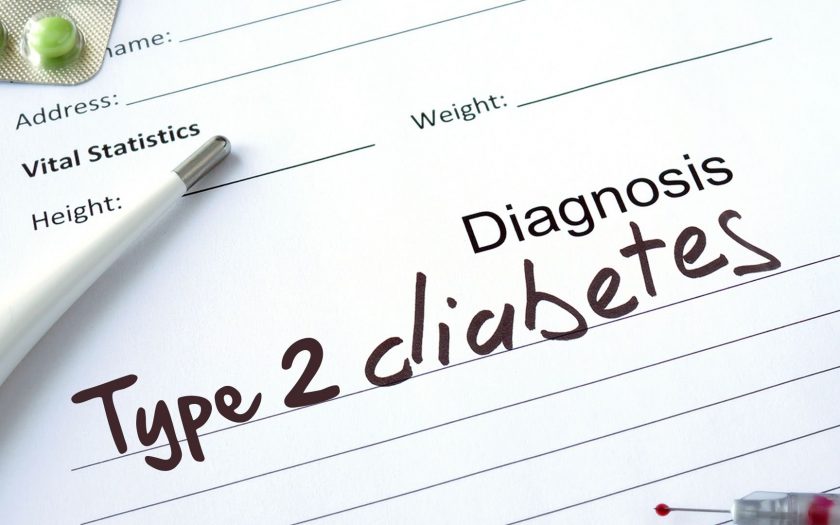Diabetes type 2 is a metabolic disease characterized by high blood glucose levels due to insulin resistance. It is the most often form of this disease. According to statistics, 90-95% of all diabetes cases are the second type of diabetes, the remaining 5-10% is the first type of diabetes and others.
Normally, an increase of insulin concentration causes increased absorption of glucose by the tissues; in type 2 diabetes, this mechanism is disturbed and glucose does not enter to the cells, despite the presence of insulin. This is called insulin resistance. Glucose (sugar) accumulates in the blood and the cells cannot function properly. In addition, excess sugar in the body can lead to other serious problems, namely:
- The defeat of nerves and small blood vessels of the eyes, kidneys, heart. This can be the cause of atherosclerosis;
- Dehydration – the accumulation of sugar in the blood can lead to accelerated urination;
- Diabetic coma is a life-threatening condition that occurs in severe cases of the second type of diabetes when severe dehydration occurs and people are not able to drink enough fluids to fill their loss.
Who has a greater risk of Type 2 Diabetes Mellitus?
In fact, the second type of diabetes mellitus can affect anyone. But in the high-risk group there are those who have such signs:
- Older than 45;
- Obesity or overweight;
- Gestational Diabetes;
- Relatives with the second type of diabetes;
- Not getting enough physical activity;
- High blood pressure or high levels of triglycerides (fats) in the body;
- Drink too much alcohol.
CAUSES, SYMPTOMS AND DIAGNOSTICS OF DISEASES
The second type of diabetes is a very common disease, but the causes of its occurrence have not yet been finally determined. Scientists believe that lifestyle (diet, physical activity, and sleep) plays an important role in the development of type 2 diabetes. Heredity is also very important.
Symptoms of type 2 diabetes
Diabetes may not show symptoms for a long time. People live with this disease and do not know about it for many years. But if they appear, then signs of diabetes can be as follows:
- Increased thirst;
- More frequent sensations of hunger, including hunger after eating;
- Dry mouth;
- Nausea, sometimes vomiting;
- Frequent urination;
- Fatigue;
- Obscurity;
- Numbness or tingling in the hands and feet;
- Frequent skin infections, urinary tract (including overgrowth of the yeast Candida albicans);
- Slow healing wounds.
Diagnosis of the second type of diabetes
To diagnose the second type of diabetes, a biochemical blood test is performed, or a more complex study – a two-hour screening test for glucose tolerance. And urine analysis is one of the methods of diagnosing the second type of diabetes for the maintenance of ketones.
Treatment of the second type of diabetes
First, you need to normalize your lifestyle.
You need to be physically active, eat healthy foods, eliminate sweets, sleep 7-8 hours.
Also, some medicines such as Amaryl, Forxiga, Vexazone can help normalize blood glucose levels.

